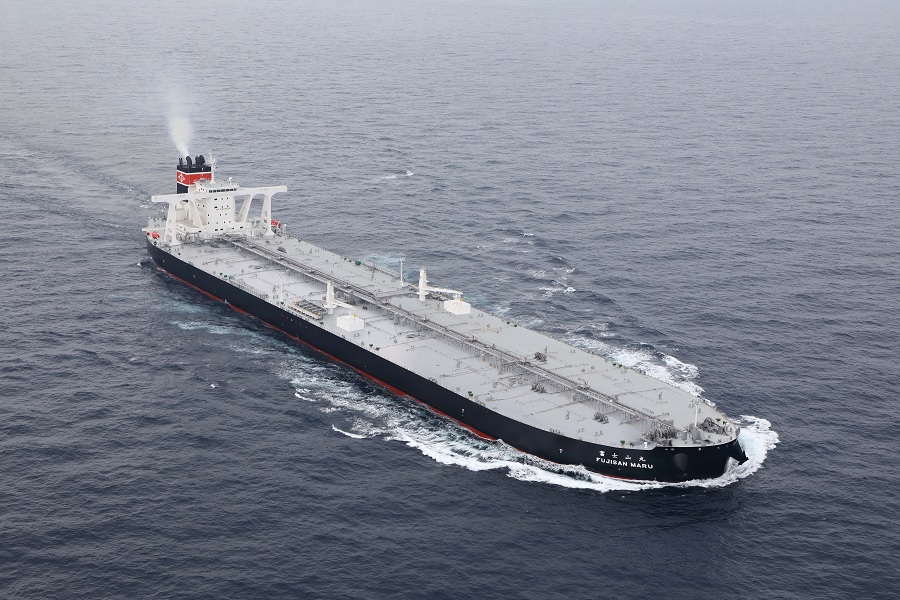Three Japanese-built ships will be showcased in the Significant Ships of 2020 annual publication, published by the Royal Institution of Naval Architects (RINA).
Significant Ships describes the most innovative and important commercial designs of vessels 100m LOA and above delivered by shipyards during the previous year.

The three ships built at Japanese shipyards selected by RINA for the 2020 edition of the Significant Ships publication are the 312,499 DWT VLCC, Fujisan Maru, the 100,449 DWT bulk carrier, Dietrich Oldendorff and the 62,623 DWT bulk carrier, Beate Oldendorff.
Fujisan Maru was delivered from Namura Shipbuilding in March 2020 and sails under the Japanese flag. The fifth-generation Fujisan Maru is the first vessel in the IINO LINES (IINO KAIUN KAISHA, LTD.) fleet to be equipped with a scrubber to comply with the new Global Sulphur Cap regulations that became effective in January 2020. The vessel also has fuel economy performance with eco-friendly equipment including the Namura Flow Control Fin (NCF) and the Nakashima ECO-cap (propeller boss cap).
Beate Oldendorff and Dietrich Oldendorff were delivered from Oshima Shipbuilding to Oldendorff Carriers GmbH & Co. KG in March 2020 and sail under the Madeira Flag.
Dietrich Oldendorff has a new design, currently representing the most economical hull form for this size class, featuring a very low fuel consumption. Beate Oldendorff is of the popular Oshima-62k design and features many upgrades, including CO2 fittings and a stronger tanktop. Both ships are equipped with “Yara” Exhaust Gas Cleaning Systems and “Techcross” Ballast Water Treatment Systems.
Between January 2017 and November 2020, Japanese-built vessels totalled a combined gross tonnage (GT) of approximately 54.5 million. The main output of Japanese shipyards during this period were bulk carriers, followed by tankers, general cargo ships and containerships. The largest vessel built was the 400,000 DWT Ore Carrier NSU Carajas, delivered on December 1, 2019 from the JMU Ariake Shipyard for the NS United KK Group.
In 2017, a total of 401 ships were delivered with a combined GT of 13 million. In 2018, output dropped slightly to 380 ships delivered with a combined GT of 14.5 million. In 2019, the number of ships delivered increased to 465 with a combined GT of 16 million. Thus far in 2020, 367 ships have been delivered, up to and including November, with a combined GT of approximately 11 million.
Source: Royal Institution of Naval Architects (RINA)